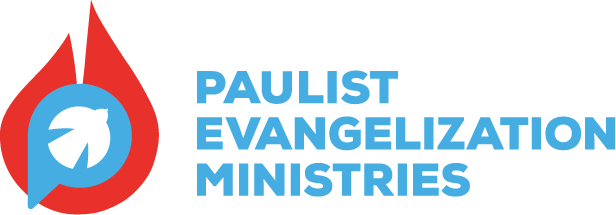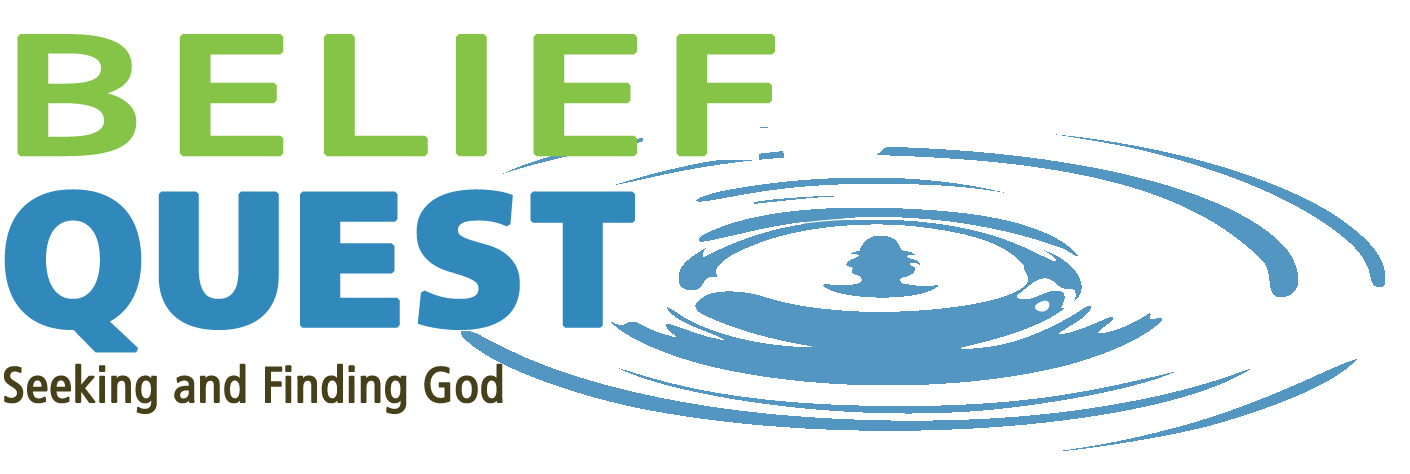From BeliefQuest
 One of the bad raps against Catholics is that we do not read the Bible. Of course, everything about Catholic life is shaped by the reading of Scripture.
One of the bad raps against Catholics is that we do not read the Bible. Of course, everything about Catholic life is shaped by the reading of Scripture.
But one of the worst ideas around is this: that the Bible is an easy book that one can just pick up and read. If that were true, why are there so many disagreements about the Bible and its meaning?
The Bible, in fact, cannot be read like any other book because it is not meant to be like any other book. Centuries of historical scholarship—some of it affected by the discovery of scriptural texts at the Dead Sea in the 1940s—have only reinforced how different the Bible is.
The Bible, as Christians believe, is God’s Word. But God’s Word comes to us in the Bible in a special way. Through centuries of experience among ancient Jewish people, and centuries of reflection on this experience, a literature emerged slowly over a thousand-year period. So we don’t have writers turning on computers to put down thoughts. Rather we have a people reflecting on its history in many different ways over centuries of experience. That’s how God spoke to us… in slow motion over eons.
 So we have to read the Bible with a view to how God gave it to us: as a wonderful collection of inspired writing, written over centuries. The Hebrew Scriptures (Old Testament) was mostly compiled after 500 BC, with some of the writings coming even later than that. The Christian Scriptures (New Testament) were likewise compiled over a century. What was compiled? Many different kinds of writings and traditions: songs, poems, historical legends, records of royal courts, letters, short stories, ritual practices, sayings, and other kinds of accounts.
So we have to read the Bible with a view to how God gave it to us: as a wonderful collection of inspired writing, written over centuries. The Hebrew Scriptures (Old Testament) was mostly compiled after 500 BC, with some of the writings coming even later than that. The Christian Scriptures (New Testament) were likewise compiled over a century. What was compiled? Many different kinds of writings and traditions: songs, poems, historical legends, records of royal courts, letters, short stories, ritual practices, sayings, and other kinds of accounts.
Were there eye-witness accounts? Not in the sense we might think of it—as if a reporter were present with a video camera—but certainly in the sense that the testimony of people who experienced God’s work, and experienced Jesus, was preserved as testimonies of faith.
We can think of the Bible as if it were a museum of the greatest works of art. As we can go from room to room, so we can move from passage to passage. Just as we cannot absorb everything that a work of art tells us—we can go back again and again and still be enriched—so we can never absorb everything the passages of the Bible have to tell us.
In fact, one of the best ways to read the Bible is to think of it as a resource for meditation and contemplation, letting the Bible’s words open up dimensions inside of us, as we question those passages and—crucially—let the Bible question us.
Reading the Bible
 Can I read the Bible from cover to cover? Sure, but it’s not really recommended. It’s way too easy to get lost in the woods, and way too likely we will lose track of the road the Bible is asking us to travel. It’s important to keep the big story of the Scriptures in mind, the general timeline; then other elements of Scripture can be related to these. Here’s a simple timeline for Jewish History before Christ.
Can I read the Bible from cover to cover? Sure, but it’s not really recommended. It’s way too easy to get lost in the woods, and way too likely we will lose track of the road the Bible is asking us to travel. It’s important to keep the big story of the Scriptures in mind, the general timeline; then other elements of Scripture can be related to these. Here’s a simple timeline for Jewish History before Christ.
| Event | Historical Date | Narrated in |
| Abraham and Patriarchs | Approx. 1800 BC | Genesis |
| Egyptian Slavery and Escape | Approx. 1200 BC | Exodus |
| Entry in Holy Land | Approx. 1200-1000 BC | Joshua, Judges |
| Emergence of King and Prophets | Approx. 1000 BC-500 BV | 1-2 Samuel, 1-2 Kings |
| Capture of Northern Kingdoms | 780 BC | 2 Kings |
| Capture of Southern Kingdom and Babylonian Captivity | 580 BC | 2 Kings; also Isaiah, Jeremiah, Ezekiel |
| Restoration to Israel; Building of Second Temple | 500 BC | 2 Kings; Ezra, Nehemiah |
| Subsequent Foreign Domination | 500 BC-100 AD | Daniel, 1-2 Maccabees |
The songs of the Psalms were composed variously after the time of David (c. 100 BC), and the literature called “Wisdom Writings” was composed at various times, but mostly after the Babylonian Exile in 500 BC.
The Christian Scriptures are easier to date because they comprise a smaller length of time.
| Event | Date | Narrated in |
| Life of Jesus | 4 BC-30 AD | Matthew, Mark, Luke, John |
| Growth of Church | 30 AD and following years | Acts of the Apostles, various letters of Paul and Peter |
 With this kind of map in one’s mind, a reader can find a good annotated bible (such as the Oxford Annotated, the NRSV study edition, or the Catholic translation of the NABRE in the Catholic Study Bible) and at least keep the various events in some kind of order.
With this kind of map in one’s mind, a reader can find a good annotated bible (such as the Oxford Annotated, the NRSV study edition, or the Catholic translation of the NABRE in the Catholic Study Bible) and at least keep the various events in some kind of order.
Someone looking to read the Bible should keep various things in mind when reading: (1) what is the historical setting which the passage describes; (2) what kind of literary type is being used—i.e., poem, genealogy listing, parable; (3) what is the passage trying to communicate about God’s relationship to humankind.
The Bible should NOT be read as history, or as science, or as geography. The Bible must be read in accord with its purpose: to communicate religious truth. The religious truth of the Bible is God’s relationship to humankind and our relationship, in return, with God and with each other. The broad patterns, and the particular details, of the Bible are meant to help us reflect on how God relates to humankind. In addition, there is a progression of revelation, so that the knowledge of God through Jesus has grown from the knowledge of God at the time of Abraham or Moses.
The Bible should NOT be read as a source of isolated quotes. People can pull one or another quote from anywhere in the Bible, but that does not justify its use. Each sentence is in a passage; each passage is in a larger booklet; each booklet is part of a larger pattern. We best read the Bible in its context, honoring the meaning as it came to be historically and as literature. God uses these patterns—historical development, different literary types, the development of vocabulary, the role various books played in Jewish history—to communicate God’s concern for humankind.

Perhaps two suggestions can help us better read the Bible. First, as we read, ask what the Bible is saying (1) in itself—the historical and factual meaning; (2) to me as a person; (3) to us as a community of believers—the Church or our parish; and (4) to the world and its needs today.
Secondly, when we read, we might pull out just one or two words that strike us and dwell on those words in silence for several minutes. This is called “contemplation” and it leads us to deep awareness of the presence of God in our lives.

